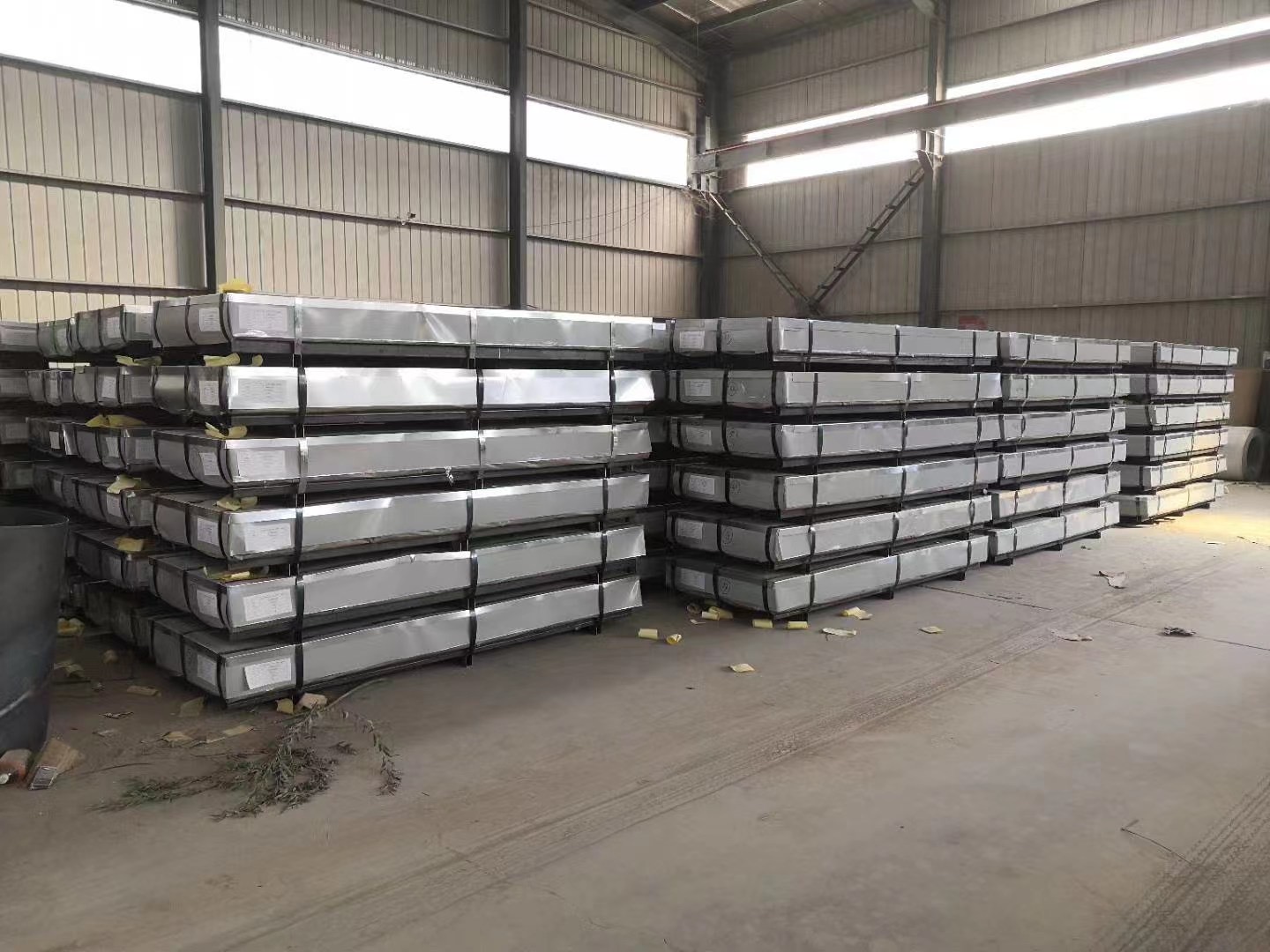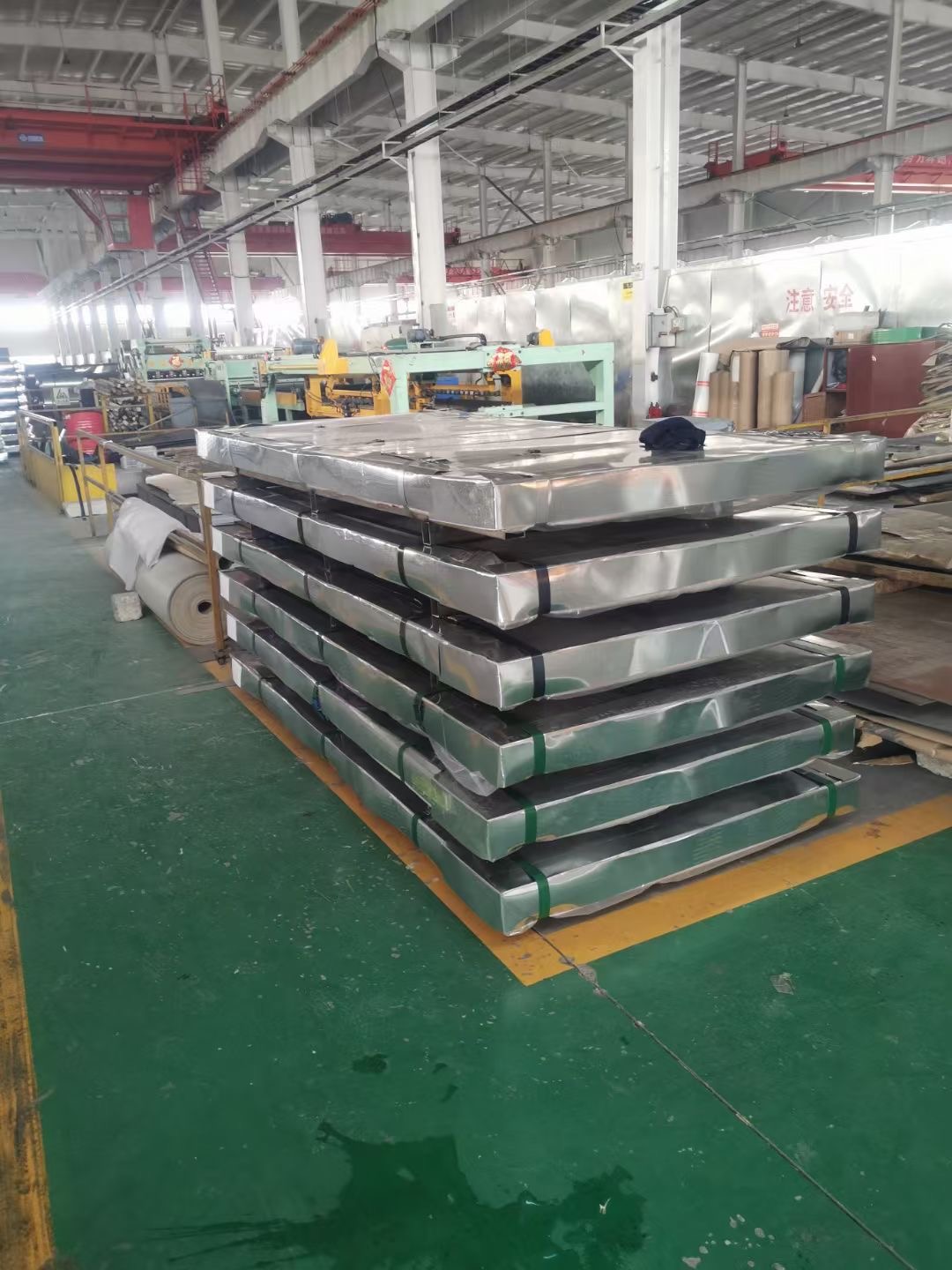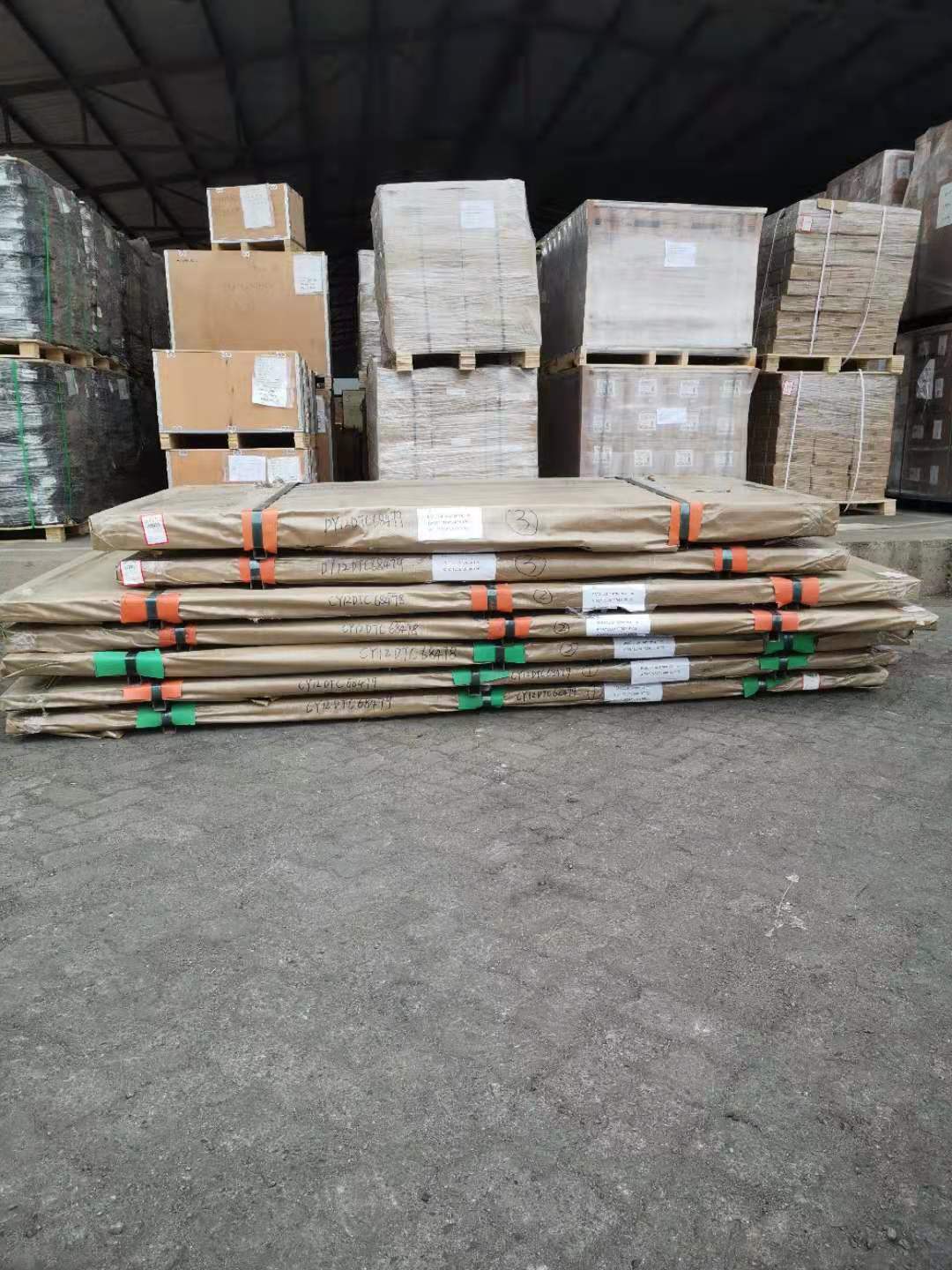Galvanized Steel Plate Packaging & Inventory – Royal Group
Galvanized Steel Plate
Galvanized steel plate is a widely used material in various industries due to its durability and ability to resist corrosion.
However, proper packaging and inventory management of galvanized steel plate are crucial to ensure its quality and avoid any damage during transportation or storage.


Packaging
Galvanized steel plates are usually packaged in bundles or coils, with protective materials such as rubber or plastic to prevent any scratching or damage to the surface of the plates. These bundles or coils are also strapped tightly to avoid any movement of the plates. Labeling on the packages should include important information such as the thickness, width, length, and weight of the plates. Additionally, specific handling instructions and safety precautions should also be clearly indicated on the labels.


Inventory
Proper inventory management of galvanized steel plates is essential for maintaining their quality and avoiding any unnecessary waste or damage. This includes storing the plates in a clean and dry area to prevent any corrosion or damage to the surface. The plates should be kept in a vertical position and separated by supports or dividers to prevent any bending or deformation. The inventory should also include a detailed record of each plate’s thickness, width, length, and weight, as well as the date of manufacturing and its shelf life. In addition, inventory management should also take into consideration the demand for galvanized steel plate in the market. Accurate forecasting of the demand helps to prevent overproduction and wastage of materials, while ensuring sufficient stock is available to meet the demand.


Conclusion
Proper packaging and inventory management of galvanized steel plate are crucial for maintaining its quality, preserving its surface integrity, and avoiding any unnecessary waste or damage. By following the above guidelines, businesses can ensure that their galvanized steel plate inventory is properly managed to meet the demands of their customers, while maintaining the quality of the material.